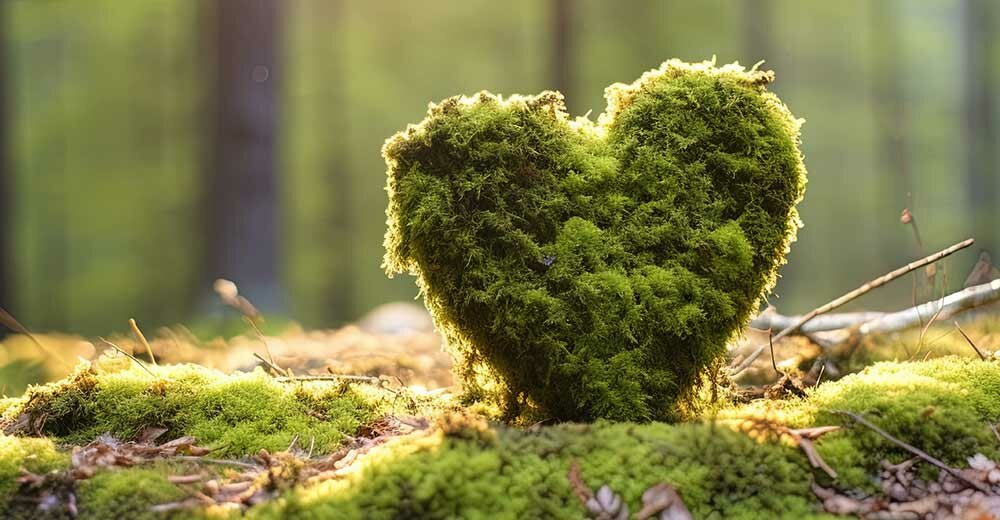
Green Burial Services at Blair Mazzarella Funeral Home
Welcome to a Natural Return
At Blair Mazzarella Funeral Home in Brooklyn, New York, we are proud to offer green burial services as a natural and environmentally friendly alternative to traditional burials. Our commitment to sustainability allows us to provide a dignified and eco-conscious farewell that honors the life of your loved ones while preserving the planet.
What is Green Burial?
Green burial, also known as natural burial, minimizes the environmental impact typically associated with traditional burial methods. By avoiding the use of chemical embalming fluids, metal caskets, and concrete vaults, green burial promotes the natural decomposition of the body. This process returns the body to the earth in a manner that sustains the environment and fosters new life.
 Green Burial Cemetery
Green Burial Cemetery
Benefits of Choosing Green Burial
Choosing green burial isn’t just a decision for today—it’s a legacy for tomorrow. Here are some benefits of opting for a natural burial:
- Environmental Preservation: Green burials use biodegradable materials and avoid pollutants, protecting local ecosystems.
- Conservation of Natural Resources: By not using traditional embalming fluids and metal caskets, green burials conserve resources and reduce carbon footprints.
- Supports Habitat Restoration: Many green burial sites are located in protected lands that contribute to the conservation of natural habitats for wildlife.
- Personal and Meaningful: Green burials often involve more personalization, allowing families to participate in the burial process, creating a deeply meaningful experience.
Our Green Burial Options
Blair Mazzarella Funeral Home offers a range of green burial packages tailored to meet individual needs and preferences. Our options include:
- Biodegradable Caskets and Shrouds: Made from materials like bamboo, willow, or cotton, these containers are designed to degrade naturally.
- Natural Burial Grounds: We coordinate burials in certified green burial preserves, where the natural beauty of the surroundings offers peace and serenity. A list of green burial cemeteries approved by the Green Burial Council can be found here but it is also possible to do a natural burial (without embalming, in biodegradable materials and without the use of a vault) in many conventional NYC area cemeteries.
 Wicker Basket Casket - Green Burial
Wicker Basket Casket - Green Burial
Plan Your Green Burial
Understanding green burials and planning for one can seem challenging, but our dedicated staff is here to guide you through every step. We provide support and information to ensure that your or your loved one’s final wishes are met with respect and care.
Contact Us
For more information about our green burial services or to arrange a consultation, please reach out to us. We are here to assist you in making a choice that reflects your values and the legacy you wish to leave behind.






